Why I started to use heart rate monitor?
Why I started to use heart rate monitor?
Last Sunday, I finally made up my mind to go for a run, which is once in a blue moon act. But I didn't record how long I have run. From the start, Somehow I sensed it wouldn't last for long. I wonder if you have ever had difficulty breathing while doing exercises? Like there is simply not enough oxygen for you, gradually the sense of losing control of your own body consumed you.

This was exactly what I felt that day. This experience made me start to wonder what exactly happened inside me and if there is any correlation between my fast-pumping heart and the feeling of lacking oxygen.
CURIOSITY LEADS TO ACTION
I started to google how I can improve my sports performance in general. A word called “Heart rate” caught my attention. It’s not an unfamiliar word, on the other hand, we encounter it quite often in our daily life. When one meets his or her loved one, he or she will feel the changes in heart rate. We can also indicate a person’s heart rate races dramatically when he or she is doing intense exercise. However, we rarely know that by monitoring our heart rate, we can improve our cardiovascular fitness as well as athletic performance.
BUT, WHAT’S HEART RATE EXACTLY?

According to Google, Heart rate (or pulse rate) is the speed of the heartbeat measured by the number of contractions (beats) of the heart per minute (bpm). The American Heart Association states the normal resting adult human heart rate is 60–100 bpm.
CORRELATION BETWEEN HEART RATE AND EXERCISES
- Oxygen demand leads to pumping heart
Your muscles use oxygen to generate energy, so it increases sharply when you exercise. The higher demand for oxygen stimulates a rise in heart rate, so that’s why you feel your heart pumps fast while doing intense workouts. According to statistics, blood flow to your muscle can be 25 to 50 times greater than when you are at rest.
- Conditioning effect
We human beings are good at adapting to new environments since ancient times, likewise, your heart gets stronger in response to regular exercise. In other words, you will be a better performer if you keep training in a sustainable way. As a result, your resting heart rate will decrease as heart finesse improves because it can deliver the same amount of blood with fewer beats right now, which means your heart became stronger.
HOW TO ENHANCE ATHLETIC PERFORMANCE
Cardiovascular exercise relies on frequency, intensity and duration. Heart rate will help you to judge your exercise intensity. By monitoring it, you can customize your training process.
To improve your cardiovascular fitness, it’s necessary to get a grasp on your MHR(Maximum heart rate), the number of beats a heart makes in a minute under maximum stress, knowing it will enable trainers to structure the training process around specific training zones.
HOW TO CALCULATE MHR
There are several ways to measure your MHR(maximum heart rate, the simplest is to subtract your age from 220, for example, if you are 22, your max heart rate would be 198. However, as we can see, this formula doesn’t take various factors such as gender and age into consideration. The other formulas are as follows:
Gulati formula(women only):206-(0.88*age)
The HUNT formula(men and women who are active):211-(0.64*age)
Tanaka formula(men and women over age 40):208-(0.7*age)
5 HEART RATE ZONES

There are five different heart rate zones, from very light to maximum.
- Zone 1 (50-60% predicted max heart rate)
Exercises like golf,and low-intensity yoga are all included in this zone
- Zone 2 (60-70% predicted max heart rate)
This zone has been shown to increase your general endurance and burn more fat for you to maintain a healthier shape.
- Zone 3 (70-80%predicted max heart rate)
This is the zone in which that lactic acid starts building up in your bloodstream.
- Zone 4 (80-90% predicted max heart rate)
In this zone, your speed endurance will be improved and Carbs will be used for energy.
- Zone 5 (90% - 100 predicted max heart rate)
HOW TO MONITOR YOUR HEART RATE
The most convenient way to do it is by using heart rate monitors.
There are basically two types of heart rate monitors for you to choose from: chest strap monitors and armband monitors.
Most of the chest straps are made of a long, elastic band, a small electrode pad that sits against your skin, and a snap-on transmitter. They use electrocardiography to record the electrical activity of your heart
Most optical heart rate monitors glean data through “Photoplethysmography”(PPG)or the process of using light to measure blood flow.
DIFFERENCES BETWEEN THE TWO TYPES
Chest heart rate monitors are commonly acknowledged as more accurate than armband ones. The sensor is placed nearer to the heart, allowing it to capture a strong heartbeat signal.
On the other hand, armband ones may prove to be more convenient to check on especially in cold weather and various situations
Chest Heart rate monitors consist of two elements: a monitor/transmitter and a receiver. When a heartbeat is detected, a radio signal is transmitted, which the receiver uses to display/determine the current heart rate. This signal can be a simple radio pulse or a unique coded signal from the chest strap (such as Bluetooth, ANT, or other low-power radio links).
The armband heart rate monitors use optics to measure HR by shining light from an LED through the skin and measuring how it scatters off blood vessels.
I love doing exercises to release the tension accumulated during the daytime, beyond that, I need something to make sure I won’t be in a dangerous zone while challenging my limit, so I figured it’s time to buy a heart rate monitor to remind me not to work too hard to lose my precious life.
I didn’t need one with so many extra functions and was unwilling to spend too much on a HRM, so I searched on Amazon and decided to see the options available. By comparing and reading the comments below, I decided to buy it from a brand called coospo, I have nerve heard of it before, but after visiting their website and Amazon page, I decided to give it a try.
As I mentioned above, there are two types of HRM, I personally prefer a chest strap one, so I bought the H808s, they also got armband ones like HW807, maybe I would get that one when the weather turns cold.
So please allow me to give you a short review of this product.
With a moderate price(now.$32.99), the coospo H808s heart rate monitor can be connected to my device through Bluetooth and ANT➕, which takes little time. And not even once did it lose connection in halfway. Also, the heart rate monitor is adjustable from 65 to 95cm, so I feel quite comfortable while wearing it. Most importantly, I really need to know whether it is functioning well during my workouts, so the “beeps” sound helps a lot.
It’s also compatible with third-party apps like Nike➕running, Apple Health, DDP yoga,and polar beat. Connections with GPS units, smartwatches and fitness equipment are also possible. I go to the gym a lot, so I found it helpful when using the treadmill.
On the other hand, their HW807 armband heart rate monitor has several features that caught my attention:

- By using coospo exclusive APP Heartool, I can customize my maximum heart rate value and heart rate zone between 150-220bpm.
- Tracking real-time heart rate zones with different color LED lights. Support heart rate variability (HRV) function.
- Maximum Heart Rate 180bpm Vibration Reminder
when I exercise too strongly, This heart rate monitor armband will remind me through the vibration that my exercise state is too intense and I need to rest.
I didn’t know what HRV means in this context, so as usual, I did some research:
ABOUT HRV

Heart rate variability is where the amount of time between your heartbeats fluctuates slightly. These variations are very small, adding or subtracting a fraction of a second between beats.
These fluctuations are undetectable except with specialized devices. While heart rate variability may be present in healthy individuals, it can still indicate the presence of health problems, including heart conditions and mental health issues like anxiety and depression.
Your heart beats at a specific rate at all times. That rate changes depending on what you're doing at the time. Slower heart rates happen when you're resting or relaxed, and faster rates happen when you're active, stressed or when you’re in danger. There is variability in your heart rate based on the needs of your body and your respiratory patterns.
Your body has many systems and features that let it adapt to where you are and what you’re doing. Your heart’s variability reflects how adaptable your body can be. If your heart rate is highly variable, this is usually evidence that your body can adapt to many kinds of changes. People with high heart rate variability are usually less stressed and happier.
In general, low heart rate variability is considered a sign of current or future health problems because it shows your body is less resilient and struggles to handle changing situations. It's also more common in people who have higher resting heart rates. That’s because when your heart is beating faster, there’s less time between beats, reducing the opportunity for variability. This is often the case with conditions like diabetes, high blood pressure, heart arrhythmia, asthma,anxiety and depression.
Overall, I consider buying the coospo H808s Heart rate monitor as a worthwhile investment. In a long term, having something to track the change in your body is a rewarding thing as self-development can not be achieved in one day but you will definitely see the growth in the end.
Check out our coupon code at wethrift.com.



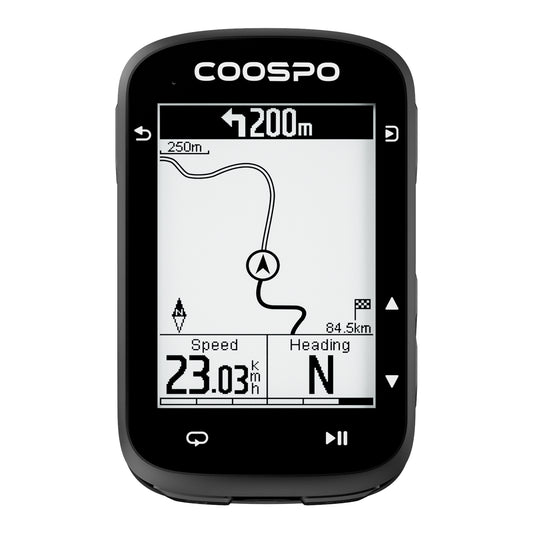
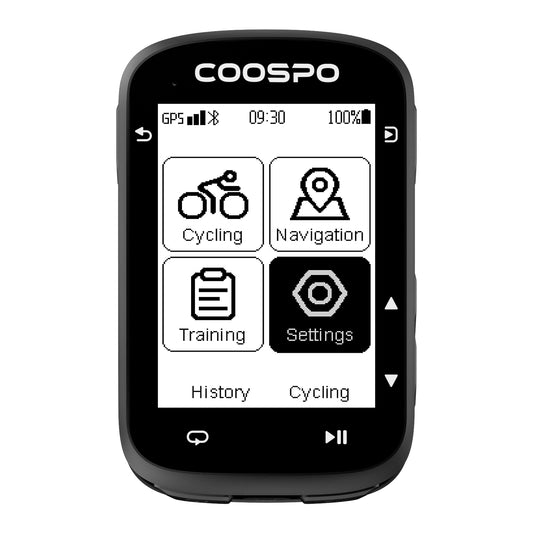
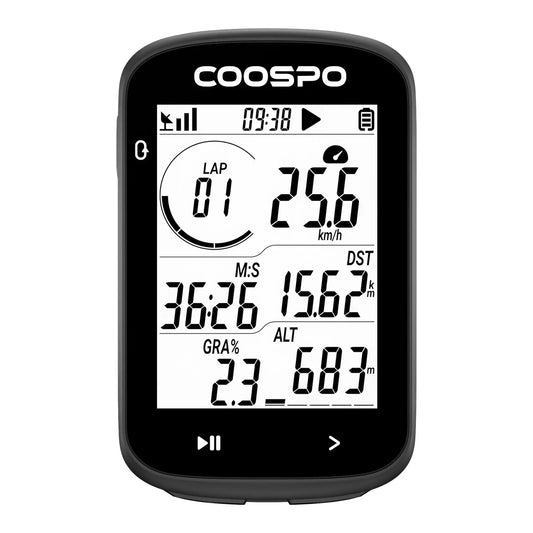
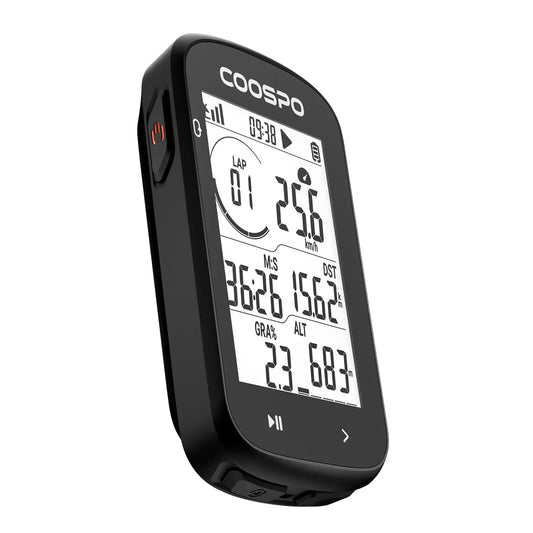
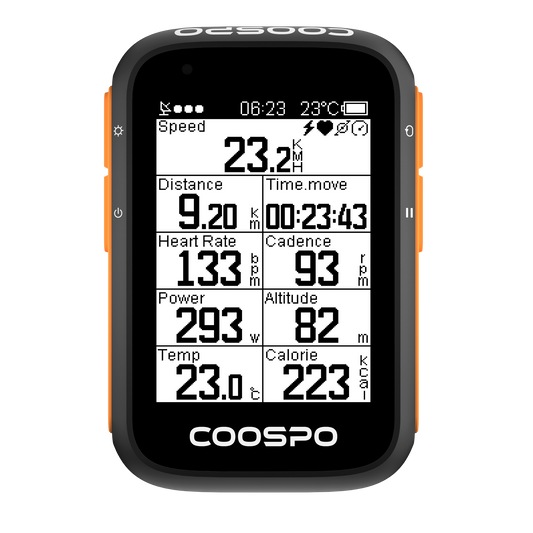
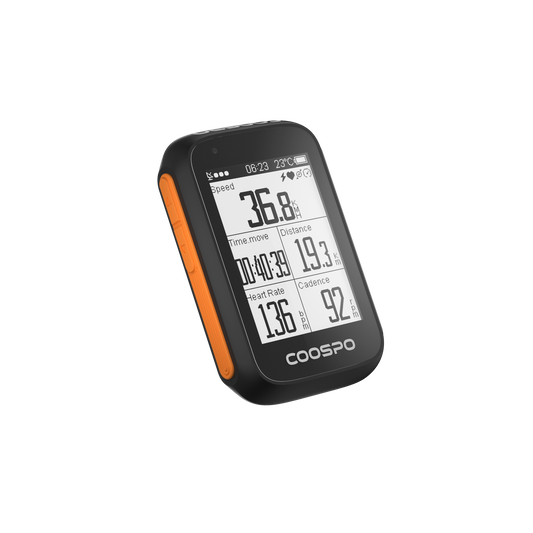
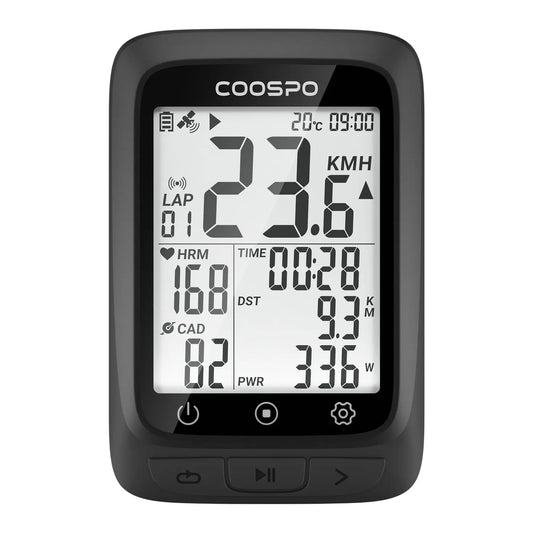
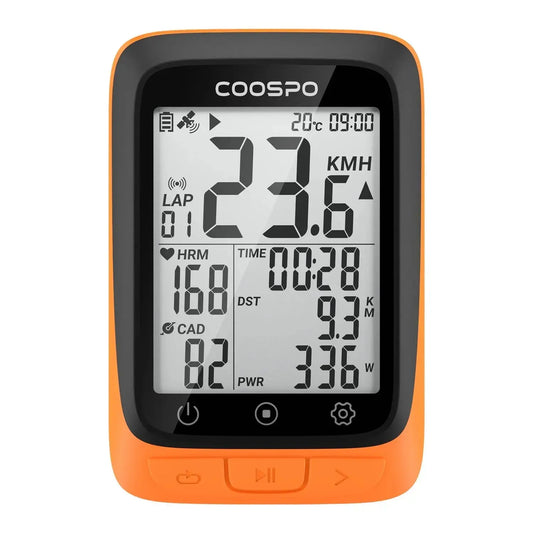
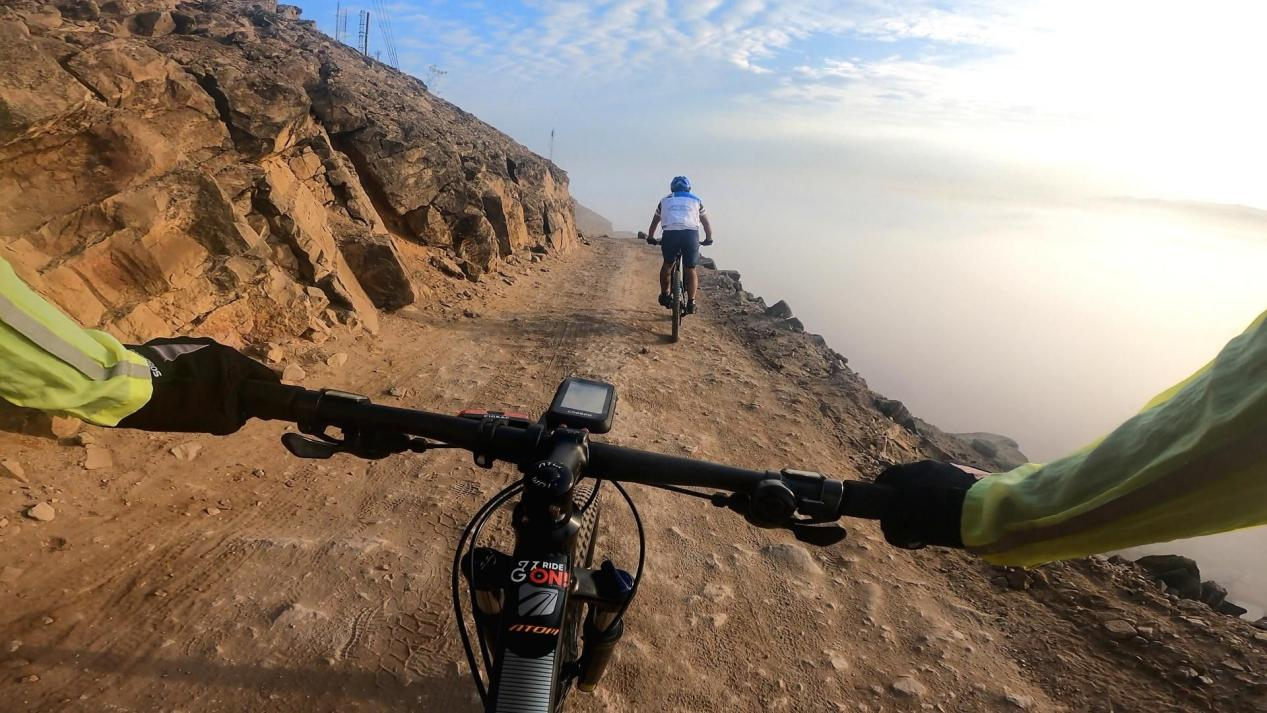
1 comment